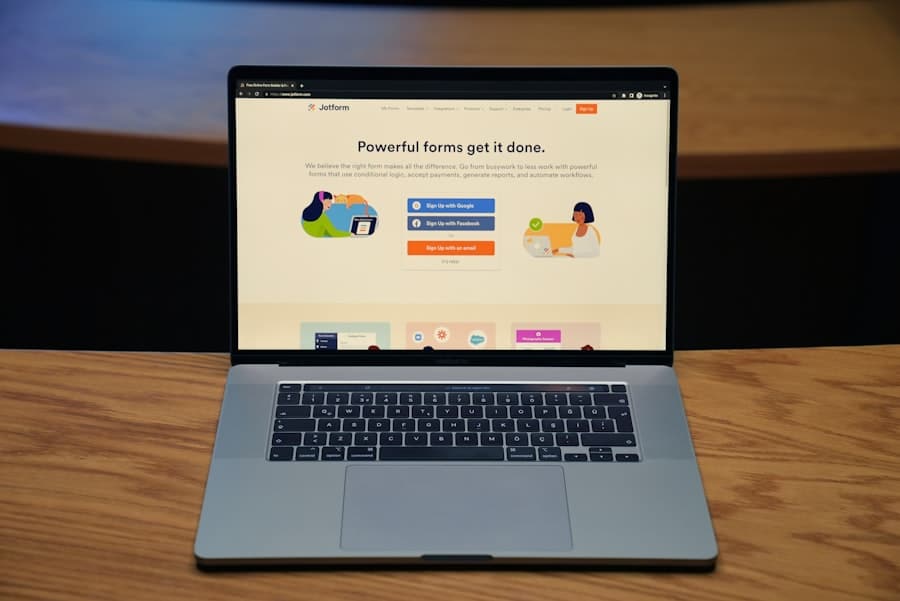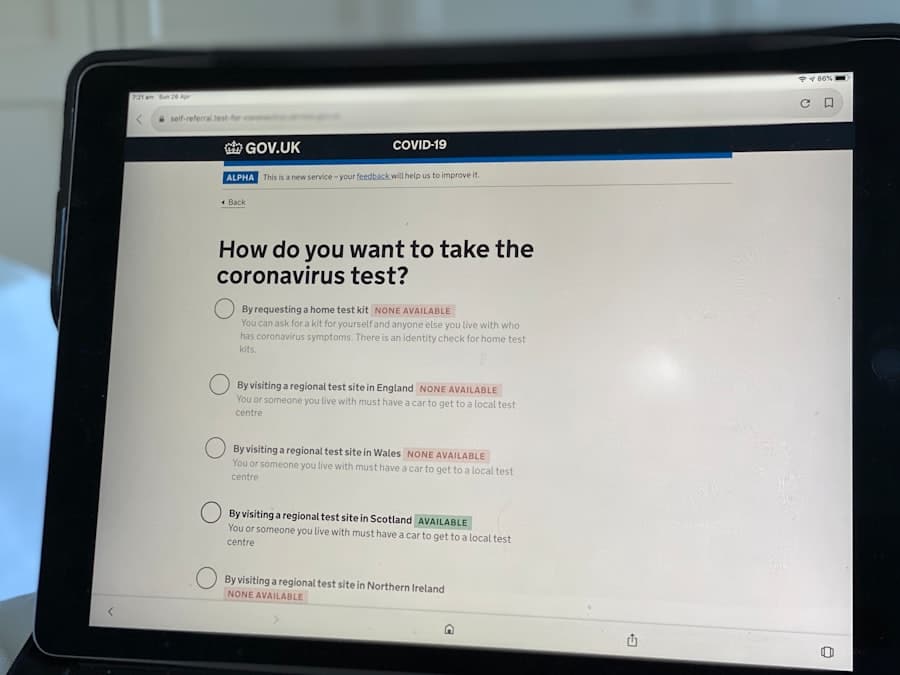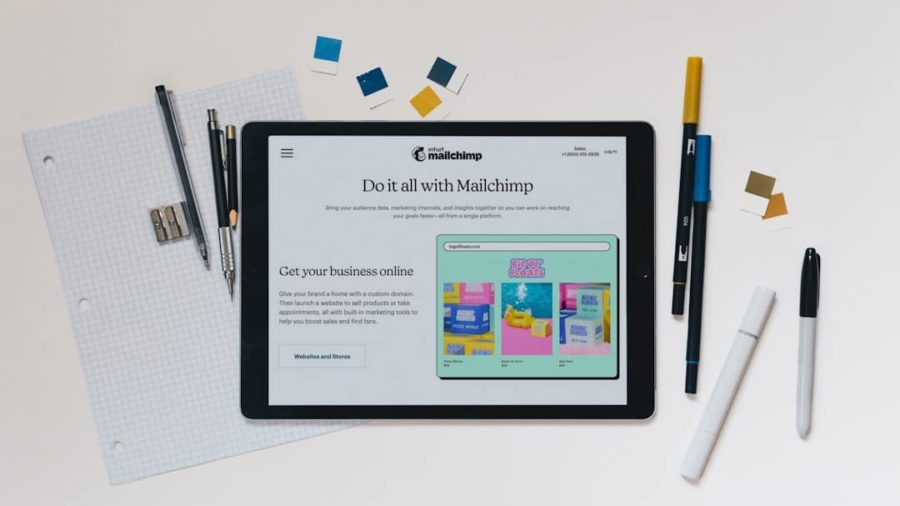Neurodiversity is a concept that recognizes and values the diverse range of neurological conditions and cognitive styles that exist within the human population. This perspective challenges the traditional view of neurodevelopmental disorders as deficits or disorders that need to be fixed. Instead, neurodiversity posits that variations in brain function, such as autism, ADHD, dyslexia, and other conditions, are part of the natural spectrum of human diversity.
In educational settings, embracing neurodiversity means acknowledging that students learn and process information differently, which necessitates a shift in teaching methodologies and classroom environments to accommodate these differences. Incorporating neurodiversity into education requires a fundamental change in how educators perceive and interact with their students. It emphasizes the importance of creating inclusive learning environments that celebrate individual strengths rather than focusing solely on challenges.
For instance, a student with dyslexia may struggle with reading but could excel in creative problem-solving or visual-spatial tasks. By recognizing these strengths, educators can tailor their approaches to foster a more supportive atmosphere that encourages all students to thrive. This shift not only benefits neurodivergent learners but also enriches the educational experience for all students by promoting empathy, understanding, and collaboration.
Key Takeaways
- Neurodiversity in education emphasizes the importance of recognizing and supporting the unique learning styles and strengths of neurodivergent students.
- EdTech plays a crucial role in providing personalized learning experiences and accommodations for neurodivergent learners, such as assistive technology and interactive learning platforms.
- Customized learning tools, such as text-to-speech software and adaptive learning programs, cater to the specific needs of neurodivergent students, including those with dyslexia, ADHD, and autism.
- Accessibility features in EdTech platforms, such as closed captioning and screen reader compatibility, ensure that neurodivergent learners have equal access to educational resources.
- Improving communication and collaboration for neurodivergent learners through EdTech tools like virtual reality simulations and online discussion forums promotes a more inclusive learning environment.
- Addressing sensory sensitivities with EdTech involves incorporating features like adjustable screen brightness and noise-cancelling headphones to create a more comfortable learning experience for neurodivergent students.
- Tracking progress and providing feedback for neurodivergent learners using data analytics and adaptive learning algorithms helps educators tailor their teaching methods to better support individual student needs.
- Challenges and future developments in EdTech for neurodivergent learners include the need for ongoing research, training for educators, and the development of more advanced assistive technologies to further enhance learning outcomes.
The Role of EdTech in Supporting Neurodivergent Learners
Educational technology (EdTech) has emerged as a powerful ally in supporting neurodivergent learners by providing innovative tools and resources tailored to their unique needs. The integration of technology into the classroom has transformed traditional teaching methods, allowing for more personalized and adaptive learning experiences. For instance, platforms that utilize artificial intelligence can analyze a student’s learning patterns and adjust content delivery accordingly, ensuring that each learner receives the support they require at their own pace.
This adaptability is particularly beneficial for neurodivergent students who may struggle with conventional teaching methods. Moreover, EdTech can facilitate access to a wealth of resources that cater specifically to neurodivergent learners. Applications designed for students with autism may include visual schedules, social stories, and communication aids that help them navigate social interactions and daily routines.
Similarly, tools aimed at supporting students with ADHD can offer features such as timers, reminders, and organizational aids to help them manage their time and focus on tasks. By leveraging these technologies, educators can create a more inclusive learning environment that empowers neurodivergent students to engage with the curriculum effectively.
Customized Learning Tools for Different Neurodivergent Needs

The diversity within neurodivergent populations necessitates the development of customized learning tools that address specific needs. For example, students with dyslexia often benefit from text-to-speech software that reads aloud written content, allowing them to comprehend material without being hindered by decoding difficulties. Additionally, tools that provide adjustable font sizes, background colors, and spacing can significantly enhance readability for these learners.
Such customization not only aids in comprehension but also fosters a sense of independence as students can engage with texts at their own level. Similarly, learners on the autism spectrum may require tools that support their unique learning styles and sensory preferences. Visual learning aids, such as infographics and videos, can be particularly effective for these students, as they often process information better through visual means rather than auditory ones.
Furthermore, interactive platforms that allow for hands-on learning experiences can help maintain engagement and motivation. By offering a variety of customized tools tailored to different neurodivergent needs, educators can create a more equitable learning environment where all students have the opportunity to succeed.
Accessibility Features in EdTech Platforms
Accessibility is a critical consideration in the design and implementation of EdTech platforms aimed at supporting neurodivergent learners. Many educational technologies now incorporate features designed to enhance usability for individuals with diverse needs. For instance, screen readers enable visually impaired students to access digital content by converting text into speech, while closed captioning provides essential support for those who are hard of hearing or prefer visual reinforcement of spoken language.
These features ensure that all learners can engage with educational materials on an equal footing. In addition to these standard accessibility features, many EdTech platforms are increasingly adopting universal design principles to create inclusive learning experiences from the outset. This approach involves designing products that are usable by people with a wide range of abilities and disabilities without the need for adaptation or specialized design.
For example, platforms may offer customizable user interfaces that allow learners to adjust settings according to their preferences, such as changing color schemes or font styles to reduce visual stress. By prioritizing accessibility in EdTech development, companies can contribute to a more inclusive educational landscape where neurodivergent learners can thrive.
Improving Communication and Collaboration for Neurodivergent Learners
Effective communication is essential for all learners, but it can be particularly challenging for neurodivergent individuals who may struggle with social interactions or expressive language skills. EdTech tools designed to enhance communication can play a pivotal role in bridging these gaps. For instance, augmentative and alternative communication (AAC) devices provide non-verbal students with the means to express their thoughts and needs through symbols, pictures, or text-to-speech technology.
These tools empower learners to participate more fully in classroom discussions and collaborative activities. Collaboration is another area where EdTech can significantly benefit neurodivergent learners.
For example, discussion boards enable written communication for those who may find verbal interactions overwhelming, while video conferencing tools allow for face-to-face engagement in a controlled environment. By fostering communication and collaboration through technology, educators can create opportunities for neurodivergent learners to build social skills and develop meaningful relationships with their peers.
Addressing Sensory Sensitivities with EdTech

Creating Sensory-Friendly Environments
EdTech offers innovative solutions to help mitigate these challenges by providing sensory-friendly environments and tools that cater to individual preferences. For instance, noise-canceling headphones can be integrated into classroom technology setups to help students who are sensitive to auditory distractions focus on their work without being overwhelmed by background noise.
Immersive Learning Experiences
Additionally, virtual reality (VR) applications can create immersive learning experiences while allowing users to control their sensory input levels. By using VR environments designed specifically for neurodivergent learners, educators can provide opportunities for exploration and engagement without the sensory overload often associated with real-world settings.
Promoting Emotional Well-being
These technological advancements not only enhance learning experiences but also promote emotional well-being by reducing anxiety related to sensory sensitivities.
Tracking Progress and Providing Feedback for Neurodivergent Learners
Monitoring progress and providing constructive feedback are essential components of effective education, particularly for neurodivergent learners who may require additional support in these areas. EdTech platforms equipped with data analytics capabilities enable educators to track individual student performance over time, identifying patterns and areas where additional intervention may be necessary. This data-driven approach allows teachers to tailor their instruction based on each learner’s unique needs and progress.
Moreover, feedback mechanisms within EdTech tools can be designed to cater specifically to neurodivergent learners’ preferences. For example, gamified assessment platforms can provide immediate feedback through engaging visuals and rewards systems that motivate students while reinforcing learning objectives. This approach not only makes feedback more accessible but also encourages a growth mindset by framing challenges as opportunities for improvement rather than failures.
By leveraging technology to track progress and deliver feedback effectively, educators can foster an environment where neurodivergent learners feel supported and empowered in their educational journeys.
Challenges and Future Developments in EdTech for Neurodivergent Learners
Despite the promising advancements in EdTech aimed at supporting neurodivergent learners, several challenges remain that must be addressed to ensure equitable access and effectiveness. One significant hurdle is the variability in individual needs within the neurodivergent population; what works for one student may not be suitable for another. This necessitates ongoing research and development efforts focused on creating adaptable technologies that can cater to diverse learning profiles.
Additionally, there is a pressing need for professional development among educators regarding the effective integration of EdTech tools into their teaching practices. Many teachers may lack the training or resources necessary to implement these technologies effectively in their classrooms. As EdTech continues to evolve rapidly, it is crucial for educational institutions to invest in training programs that equip educators with the skills needed to leverage technology in ways that truly benefit neurodivergent learners.
Looking ahead, future developments in EdTech should prioritize inclusivity by involving neurodivergent individuals in the design process. By incorporating feedback from those who directly experience these challenges, developers can create more effective solutions tailored to real-world needs. Furthermore, fostering partnerships between technology companies and educational institutions can facilitate the sharing of best practices and resources aimed at enhancing the educational experiences of neurodivergent learners across various contexts.
In addition to the advancements in EdTech for neurodivergent learners, there are also innovative tools available for translation services. One article that may be of interest is “Discover the Best Free Software for Translation Today”. This article explores how technology is revolutionizing the way we communicate across languages, making it easier for individuals to access information in their preferred language. These translation tools can further enhance accessibility for neurodivergent learners by providing them with resources in a format that best suits their needs.
FAQs
What is EdTech?
EdTech, or educational technology, refers to the use of technology to enhance teaching and learning in educational settings. This can include digital tools, software, and platforms designed to support and improve the educational experience.
What does it mean to be neurodivergent?
Neurodivergent individuals have neurological differences that may include conditions such as autism, ADHD, dyslexia, and other learning differences. These differences can affect how they process information and learn.
How is EdTech making education more accessible for neurodivergent learners?
EdTech is making education more accessible for neurodivergent learners by providing personalized learning experiences, assistive technologies, and accommodations that cater to their specific needs. This can include features such as text-to-speech, speech-to-text, interactive learning tools, and customizable learning environments.
What are some examples of EdTech tools for neurodivergent learners?
Examples of EdTech tools for neurodivergent learners include assistive technology like screen readers, speech recognition software, mind mapping tools, and educational apps designed to support specific learning needs. Virtual reality and augmented reality applications are also being used to create immersive and interactive learning experiences for neurodivergent students.
How does EdTech support personalized learning for neurodivergent learners?
EdTech supports personalized learning for neurodivergent learners by providing adaptive learning platforms that can adjust content and pacing based on individual needs. It also offers tools for creating customized learning plans, tracking progress, and providing targeted interventions to address specific learning challenges.

